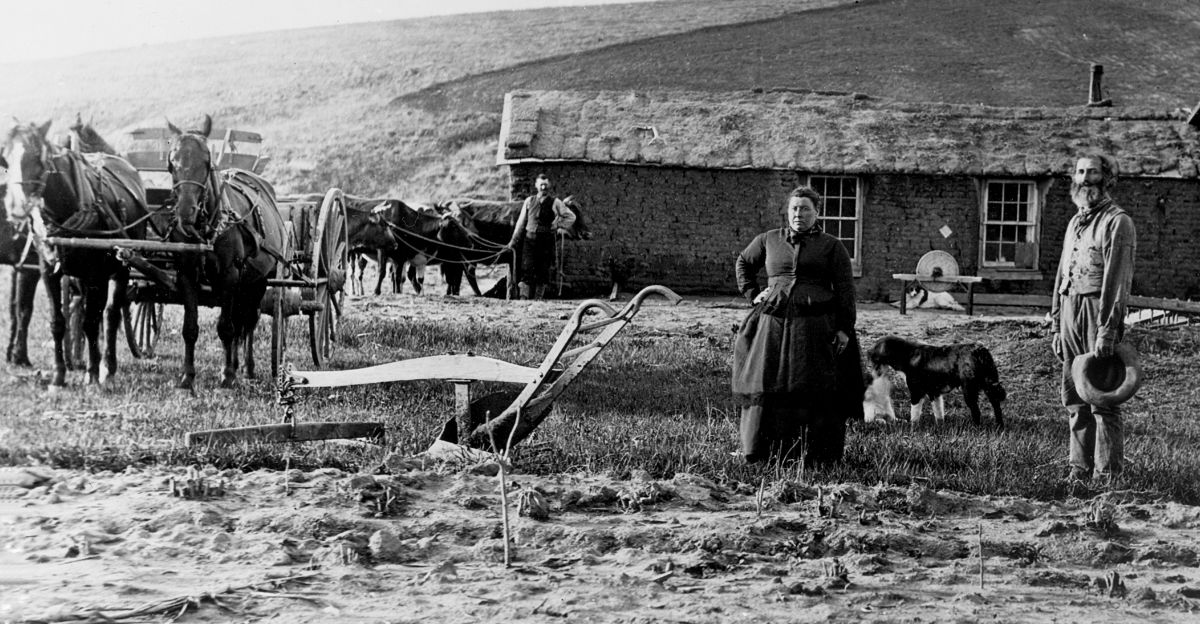
Under the proposed “Big, Beautiful Bill” initiative, the US government is contemplating the sale of more than 16 million acres of federal land in California in order to alleviate the state’s acute housing shortage. The goal of this action is to free up land for new housing projects, which could help reduce the country’s severe housing shortage of 3.8 million units. The lack of available housing, restrictive zoning, and local opposition to development are the leading causes of California’s housing crisis.
The plan also reflects a growing understanding that housing is a national economic and social priority rather than merely a local problem. The federal government’s engagement marks a change from fragmented local initiatives that haven’t been able to keep up with demand to more comprehensive, aggressive solutions to the urban housing shortage.
Historical Background and Changes in Federal Land Policy

Large areas of land were historically turned over to private ownership by the US government, reaching a peak in the early 1900s with laws like the Homestead Act of 1862. Federal policy has since changed to support the management and preservation of public lands for resource use and conservation. However, the present housing crisis has rekindled interest in land disposal as a means of promoting economic growth.
Additionally, it reflects a larger trend in federal land management policy that increasingly balances conservation priorities with the economic usefulness of land. Although the conflict between preservation and development is not new, it is currently being reevaluated in light of pressing societal demands. The sale might change national land policy by creating a precedent for other states that own sizable amounts of federal land.
The Housing Crisis and the Unbalanced Supply and Demand

The persistent lack of supply compared to demand, which is made worse by stringent local zoning and environmental laws, is the leading cause of California’s housing affordability crisis. Jerome Powell, the chair of the Federal Reserve, has underlined that the primary issue is the lack of available housing in desirable areas. Due to price inflation brought on by this shortage, many people are unable to afford homeownership.
Minorities, essential workers, and low- and middle-income families are disproportionately affected by the housing shortage, which also makes social inequality worse. The land sale program could help stabilize rents and home prices by increasing supply, which would make housing more accessible and lessen the pressure on people to relocate.
New Urban Development and the “Freedom Cities” Concept

The establishment of “Freedom Cities”—new urban centers constructed on federal land using contemporary planning techniques—is one of the land sale proposal’s distinctive features. With housing taking up 40% of the land and combining residential, commercial, and green areas, these cities would have an average size of 30 square miles. Beyond conventional urban sprawl, this vision fosters community development, economic opportunity, and sustainable growth.
These new cities could serve as test sites for 21st-century urbanism by implementing cutting-edge infrastructure like autonomous public transportation, renewable energy grids, and smart city technologies. Socially speaking, they present an opportunity to start over and create communities with diversity and inclusivity at their center, possibly avoiding the ingrained segregation and inequality found in older cities.
Federal Revenue Generation and Economic Impact

Over a ten-year period, the sale of a small portion of federal land could bring in about $100 billion, which would boost the housing market and replenish the US Treasury. This capital infusion could support public services, infrastructure, and additional housing projects. Additionally, increasing the number of housing options close to employment hubs can shorten commutes, cut greenhouse gas emissions, and strengthen local economies.
This approach is a rare win-win in public policy since it balances social objectives with fiscal responsibility. In addition to generating immediate income, the sale may encourage private investment in California’s economy, resulting in the creation of jobs in manufacturing, services, and construction as well as an increase in the local governments’ property tax base.
Overcoming Zoning Issues and Local Opposition

Housing development has frequently been hampered by California’s long-standing local zoning control, particularly in wealthy neighborhoods that are opposed to density increases. By introducing government-owned land, the federal land sale gets around some local restrictions and could speed up approvals and construction.
Additionally, the availability of sizable contiguous parcels enables master-planned communities, which are frequently lacking in piecemeal developments, to integrate transit, schools, and infrastructure better. This could enhance living standards and lessen resistance stemming from worries about crowding or service overload.
Sustainable Development and Environmental Aspects

Proponents stress “thoughtful development” close to existing infrastructure to reduce environmental impact, while critics fear that selling federal land could jeopardize conservation efforts. The program reduces sprawl and protects environmentally sensitive areas by giving priority to land near roads, utilities, and employment. This aims for compact, transit-oriented communities in contrast to previous sprawling suburban growth.
The program could lessen the strain on California’s delicate ecosystems and agricultural lands by concentrating development on underutilized federal lands rather than greenfield sites. A framework for thorough impact analyses and mitigation strategies is also provided by the environmental review procedures associated with federal land transactions.
The Social and Psychological Advantages of Increasing Housing Access

Increasing the amount of affordable housing on federal property can reduce social instability and anxiety, two psychological stressors associated with housing insecurity. Stable rental options and homeownership promote mental health, educational attainment, and community cohesion. The initiative can promote social equity by reducing homelessness and displacement caused by competition by increasing supply.
Since depression, substance abuse, and crime are frequently linked to housing instability, the initiative’s potential to lessen overcrowding and homelessness may result in decreased rates of these conditions. Additionally, well-planned neighborhoods that have access to parks, schools, and public transportation can improve social capital and create a feeling of community. In order to end the cycles of poverty and marginalization, this social infrastructure is essential.
Possible Hazards and Countermeasures

Despite its potential, the land sale is fraught with dangers, such as speculative land grabs, inadequate infrastructure investment, and potential community backlash. In order to address these, the proposal incorporates lottery-style auction mechanisms to guarantee equitable access and tax-free advantages for purchasers. In order to align projects with public goals, the Department of the Interior’s mandate to promote “thoughtful development” entails thorough planning and local consultation.
Despite the size of these obstacles, they are not insurmountable; successful precedents in large-scale urban development and other federal land transfers exist. Strong governance, transparent accountability, and flexible management to adapt to changing circumstances are essential to the initiative’s success.
A Courageous, Essential Step in the Direction of Housing Solutions

A daring, historically sound plan to address the housing crisis head-on is the sale of 16 million acres of federal land in California. The government can build millions of homes, make a substantial amount of money, and encourage new urban innovation by releasing public assets for private development.
Although it is not a cure-all, it is a vital tool for increasing supply, lowering costs, and eventually making housing affordable for millions of Californians and Americans across the country. The program also marks a change in federal policy toward active participation in housing markets, acknowledging the critical role that housing plays in social cohesion and economic stability. It provides a replicable model for other states dealing with comparable crises, which could change the housing market nationwide.







